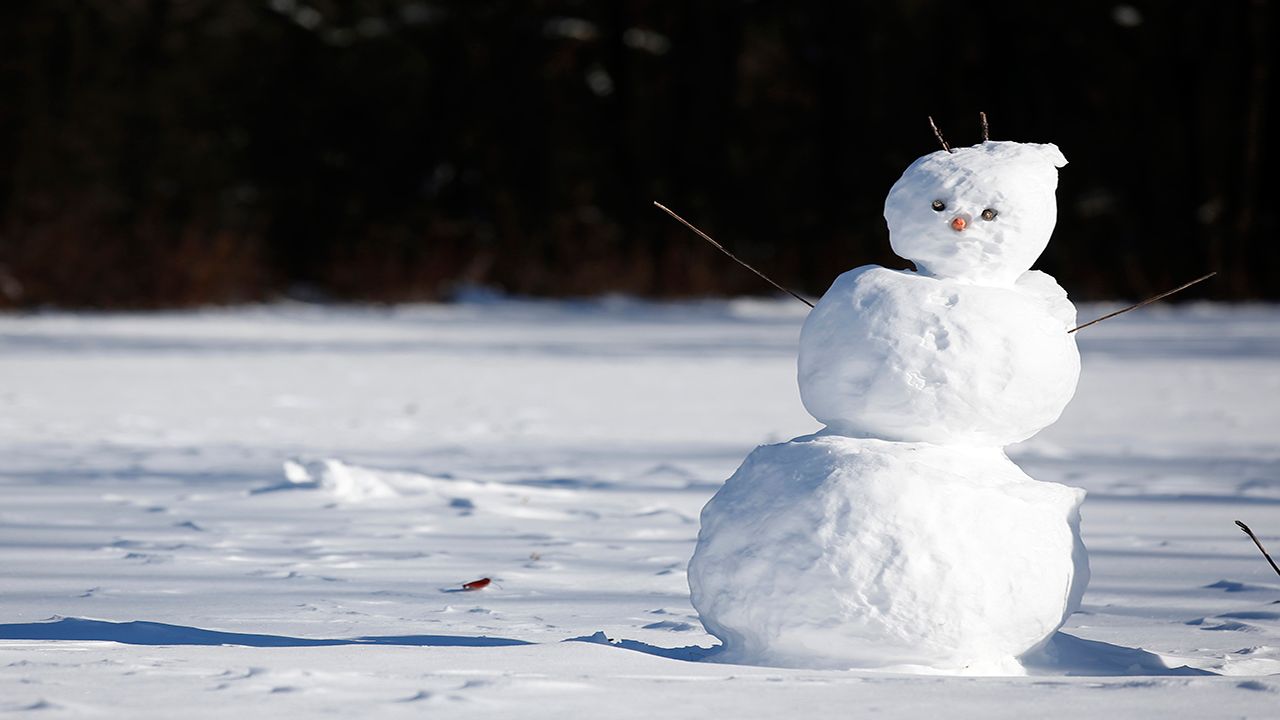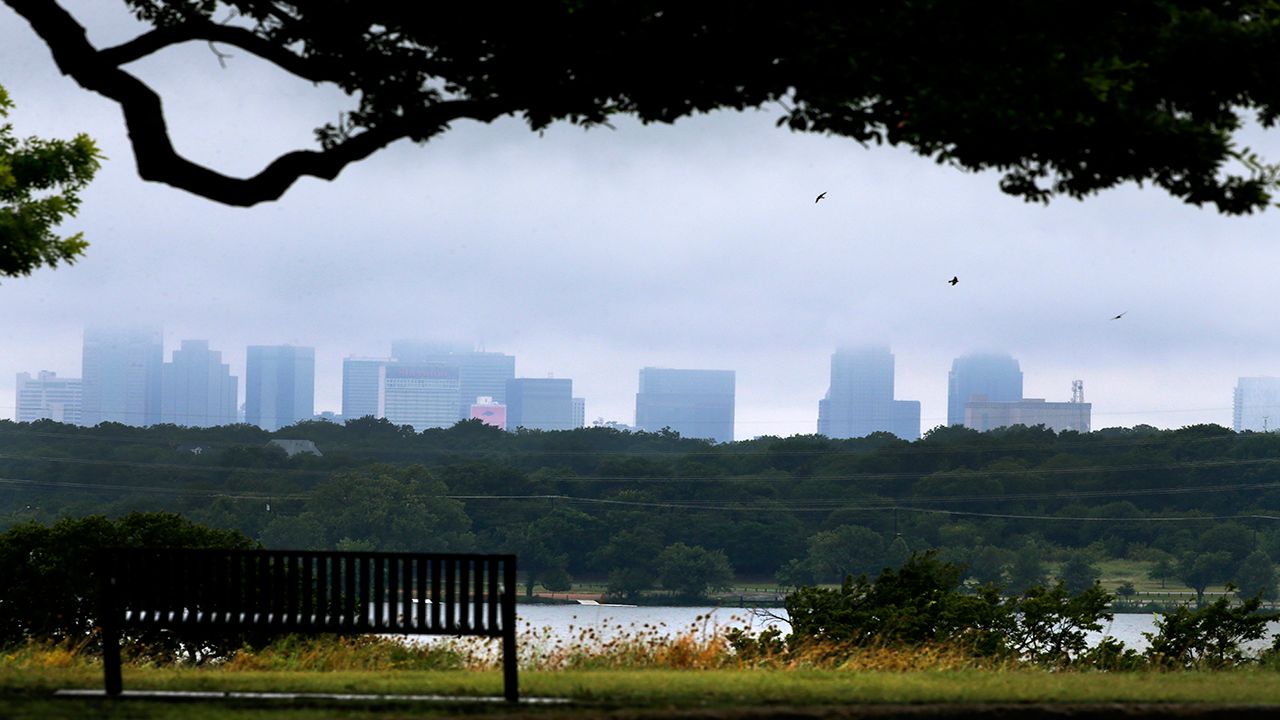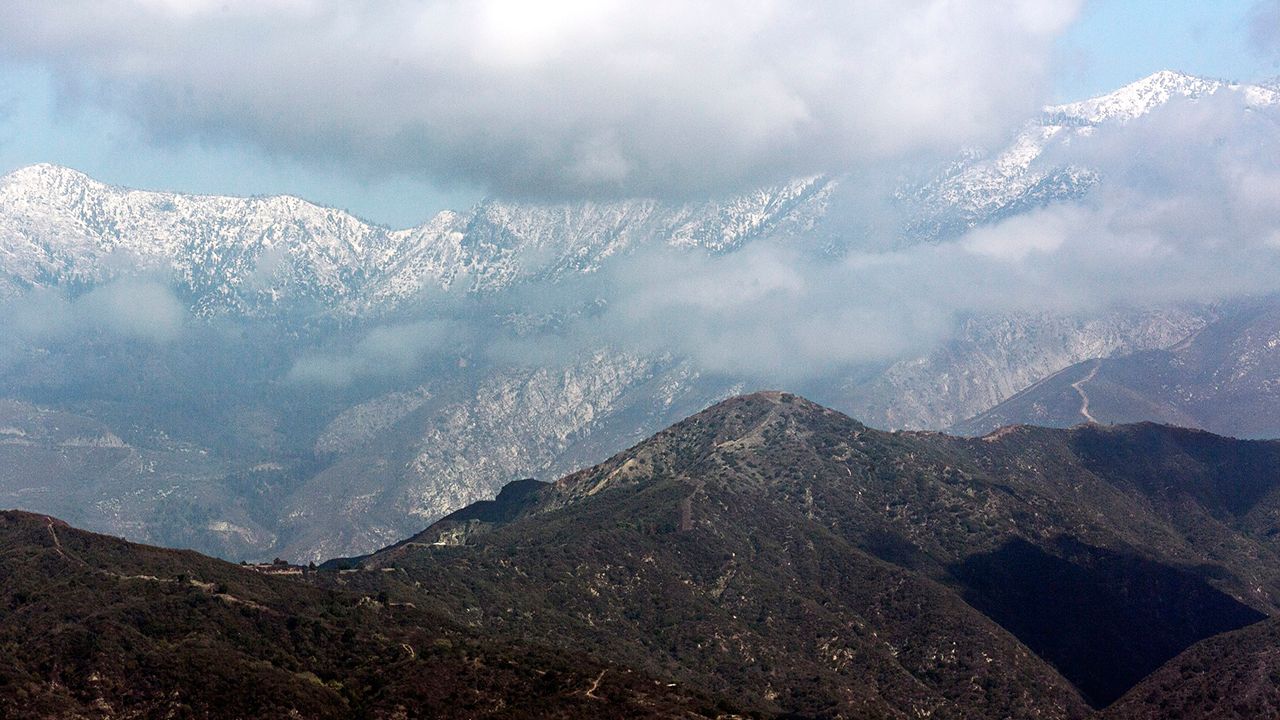No one knows when the first snowman originated, but the first sightings date back to the 1300s!
Since Jan. 18 is World Day of the Snowman, let's look back at the history of the famous snow sculpture.
Snowmen have probably been around since harsh winters became livable for mankind, but the earliest depiction of the snowman dates back to 1380.
Bob Eckstein, the author of The History of the Snowman, discovered the earliest known depiction in a manuscript of the Book of Hours. He found it at a library in The Netherlands.
The snowman portrayed a Jewish person.
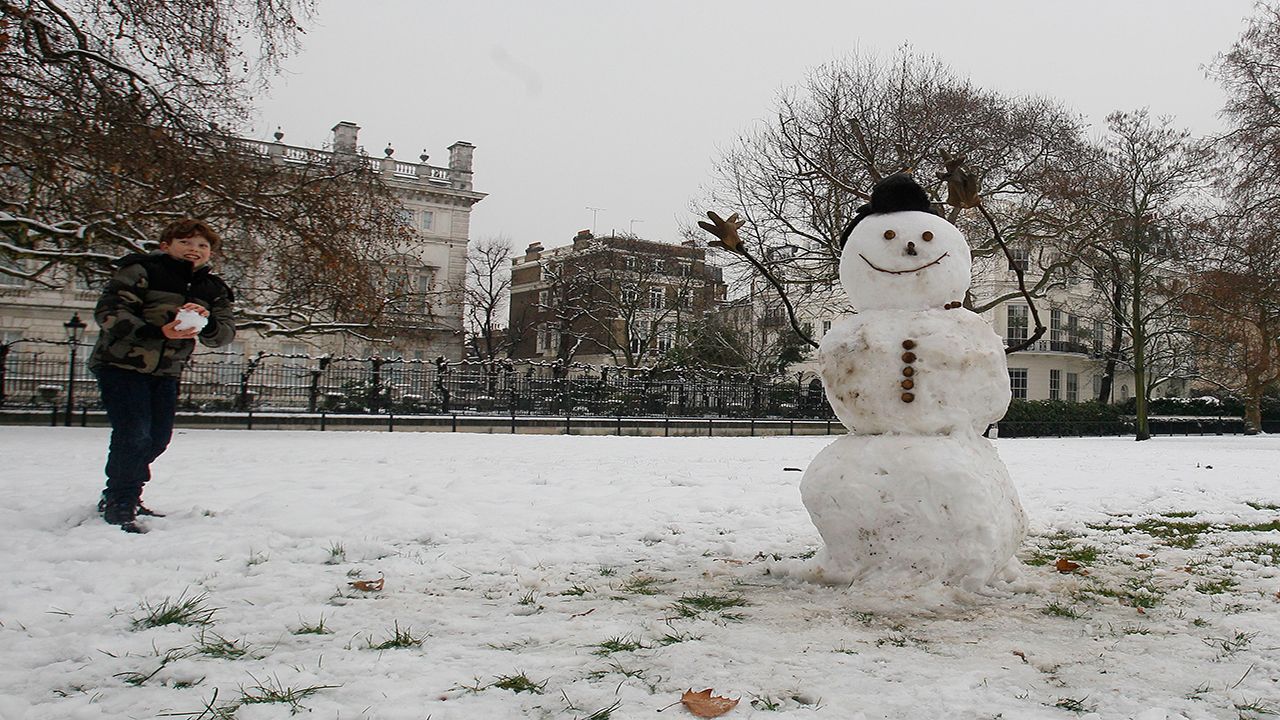
Through the rest of the Middle Ages, children and adults built snowmen, expressing their creative side. There were even outdoor galleries to display snowmen.
In 1494, Piero de' Medici, the ruler of Florence, asked the famous artist Michelangelo to build a snowman for him. Talk about a cool job.
Fast forward to 1511. The people of Belgium built 110 satirical snowmen to show their frustrations towards the House of Habsburg after freezing and starving during the winter. Unfortunately, it solved nothing, and a flood occurred when the snowmen melted.
It's not a happy story, but one of the most notable snowman stories happened in America in 1690.
The Native Americans and French were on their way to attack Fort Schenectady when a brutal snowstorm pounded the fort. The gate to the fort was frozen open, and two guards were asked to guard the gate.
As the Native Americans and French drew closer, it became late, and the guards left their post to seek shelter in the warmth. The guards built two snowmen at the gate to take their place.
Sadly, the snowmen did not fool the Native Americans and Frenchmen. Sixty people were left dead, and they stripped the fort of all its goods.
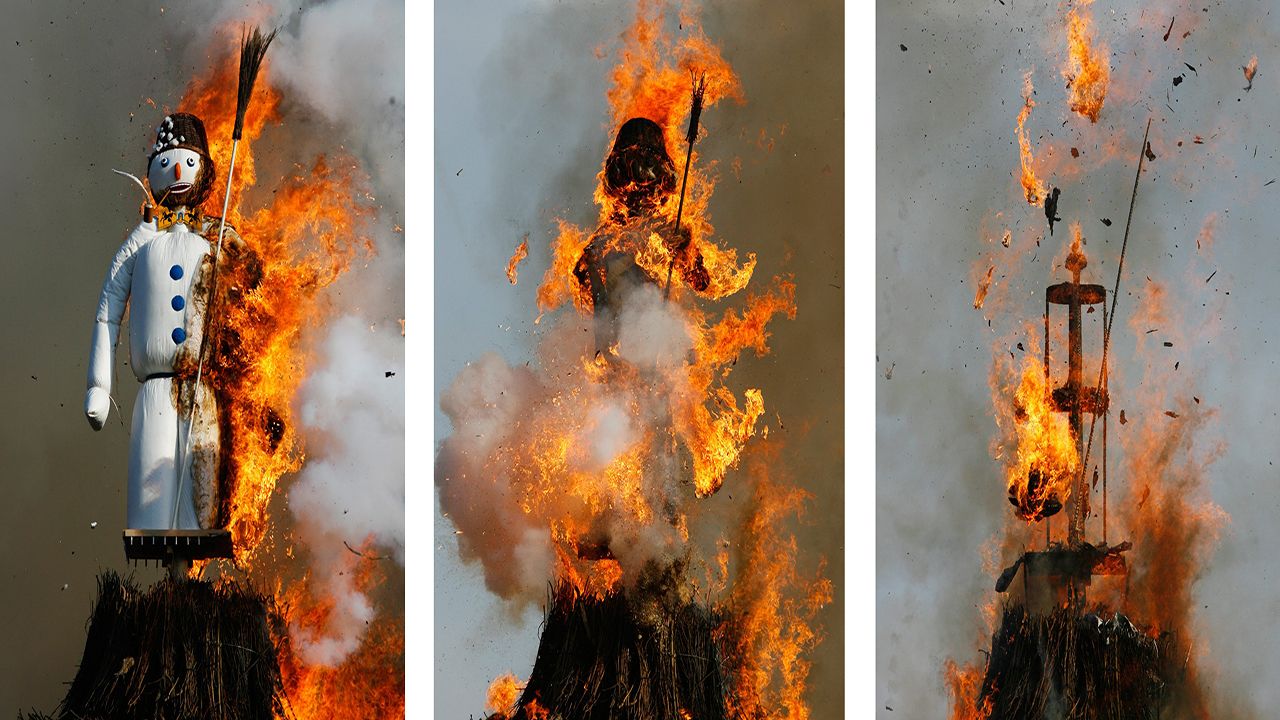
As time marched on, the snowman took on a happier meaning.
In the 1800s, Switzerland began its fun tradition of burning snowmen to symbolize the start of spring.
In the 1940s, Germany created an animated short film called Der Schneemann. It told the story of a snowman coming to life and being pestered by animals before melting shortly after.
The more famous snowman, Frosty, came to life in the 1950s. It has, since then, become the most popular version of the snowman.
If snow moves through your area, make some magical memories, and build your own unique version of the snow sculpture.
And if you're wondering why Jan. 18 is World Day of the Snowman... 18 looks like a snowman holding a broom or stick.
Our team of meteorologists dives deep into the science of weather and breaks down timely weather data and information. To view more weather and climate stories, check out our weather blogs section.





